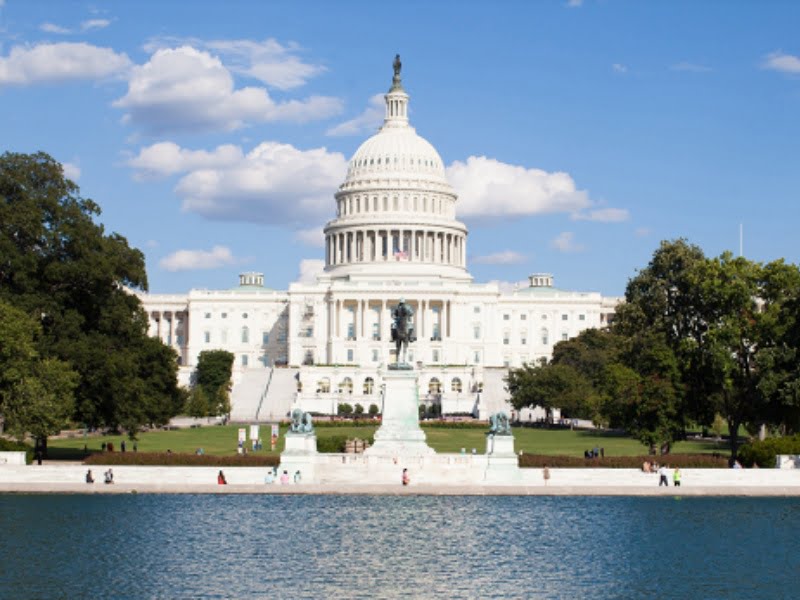Microsoft was founded in 1975, and Apple and Genentech in 1976. This strong signal of a shift in the locus of innovation away from large firms – like IBM or General Motors – was not lost on the US National Science Foundation (NSF).
In 1977 the NSF began a pilot program of SME innovation support. Concerns that the US was losing its technological leadership and competitiveness (at that time to Japan) led the Reagan administration to enact in 1982 a set of what have turned out to be transformative policy initiatives.
One of those established the Small Business Innovation Research (SBIR) program.

The program requires US federal agencies with large R&D programs to allocate a small proportion of those budgets to pre-commercial technology development projects in firms with less than 500 employees.
The Department of Defence (DoD) typically accounts for over half of SBIR allocations and Health and Human Services a further 30 per cent. That ‘small percentage’ was 0.2 per cent, but is now 3.2 per cent.
Federal Agencies post ‘solicitations’, small businesses submit proposals in response, and the winner of the competitive solicitation process is awarded a grant.
Phase I grants (now up to US$250,000) are to explore feasibility, and Phase II grants (now up to US$ 1.7 million) for up to two years of work assessing commercial potential. While the program does not fund procurement, awardees do have preferential access to federal procurement contracts.
While agencies like the DoD use SBIR to seek solutions to the challenge they face, agencies that don’t have procurement programs for advanced technologies, like NSF, nevertheless write ‘calls’ based on what they see as priorities for technology development in their areas of interest.
In 1992, a complementary program, the Small Business Technology Transfer (STTR) was introduced.
Government agencies with R&D budgets of US$1 billion or more are required to set aside a portion of these funds (0.45 per cent in 2017 of the extramural budget) to finance the STTR activity. The goal of the STTR program is to facilitate the transfer of technology developed by a research institution through collaboration with a small business and a Federal agency.
Impacts
SBIR funding is about US$2 billion per annum and 6,000 to 7,000 firms receive funding each year – many times more than are supported by VC in the US.
Reviews argue that the impact of the SBIR has been systemic, and that this impact is not only due to the large number of firms supported, but also to:
- The high-level feedback on proposals through the peer-review process (the success rate of applications is typically less than 20 per cent), giving entrepreneurs confidence in their ideas;
- Direct advisory support to assist with commercialisation and capability development;
- The proactive role of the program in supporting networking and matchmaking, with potential partners and investors – and hence reducing ‘network failures’;
- The development of complementary programs at the State level encouraging applicants and supporting awardees.
Firms that have received SBIR grants are more likely to win government procurement contracts and, particularly in the case of life sciences awardees, substantially more likely to attract venture capital investment.
By 2019, the SBIR program had allocated over 150,000 awards to US small firms to the value of over A$60 billion. Although only about 1.7 per cent of the Federal R&D budget, the SBIR is widely regarded as the highest impact US innovation program.
SBIR-nurtured firms account for a quarter of all US R&D Magazine’s top 100 Award winners over several years. Qualcomm, Symantic and Biogen are among the SBIR graduates. Sweden, the UK, Japan and Korea, among others, have introduced programs modeled on the SBIR.
Would an SBIR work in Australia?
The short answer is, not one based on the US model. US Federal R&D funding runs at about A$200 billion per annum of which about 70 per cent goes to fund R&D outside of Federal Labs – mostly to R&D contracts with industry.
Much of that external funding, for example by the DoD, is linked to procurement.
This supply (3.2 per cent of extramural R&D funding) and demand (link to procurement) dynamic might work in Australia in the area of Defence, with the role of Defence Science and Technology (DST), but not generally.
Functionally, the effectiveness of SBIR/STTR is due to this supply and demand dynamic, but also to the flexible and pro-active role of the SBIR program in supporting the small firms and the strength of the overall US innovation system, including the role of VC.
An Australian approach would need to find a way to meet these functions: selection based on a real knowledge of potential demand; funding in stages from early stage of proof of concept; support of commercialisation and firm development by experienced professionals; facilitation of links with potential customers, investors and research partners.
While no existing Federal program could provide such a role, an adaptation of the Department of Industry, Innovation and Science’s (DIIS) Entrepreneurs Program, with initial funding from small re-allocations from the Australian Research Council (ARC), National Health and Medical Research Council (NHMRC) and the CSIRO, could be developed into an effective program – particularly if it linked the funding to demand from both the public and private sectors.
Don Scott-Kemmis is a Research Fellow within the Innovation and Entrepreneurship Program at the United States Studies Centre at the University of Sydney.
Do you know more? Contact James Riley via Email.

